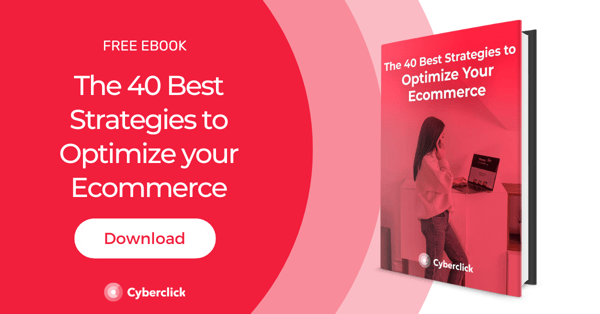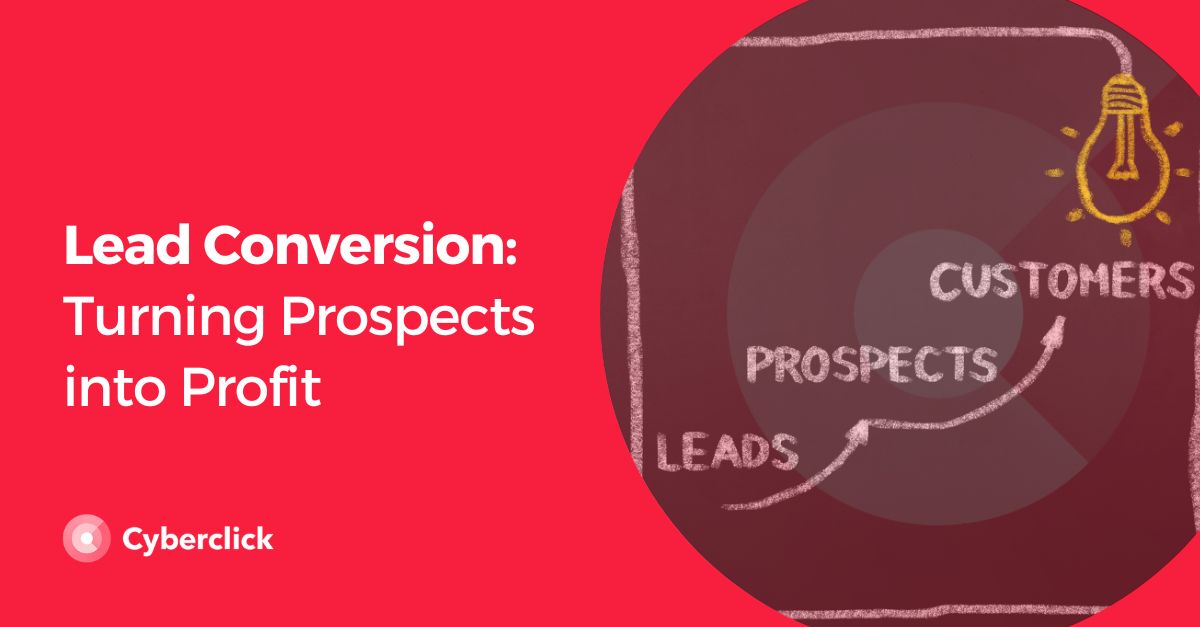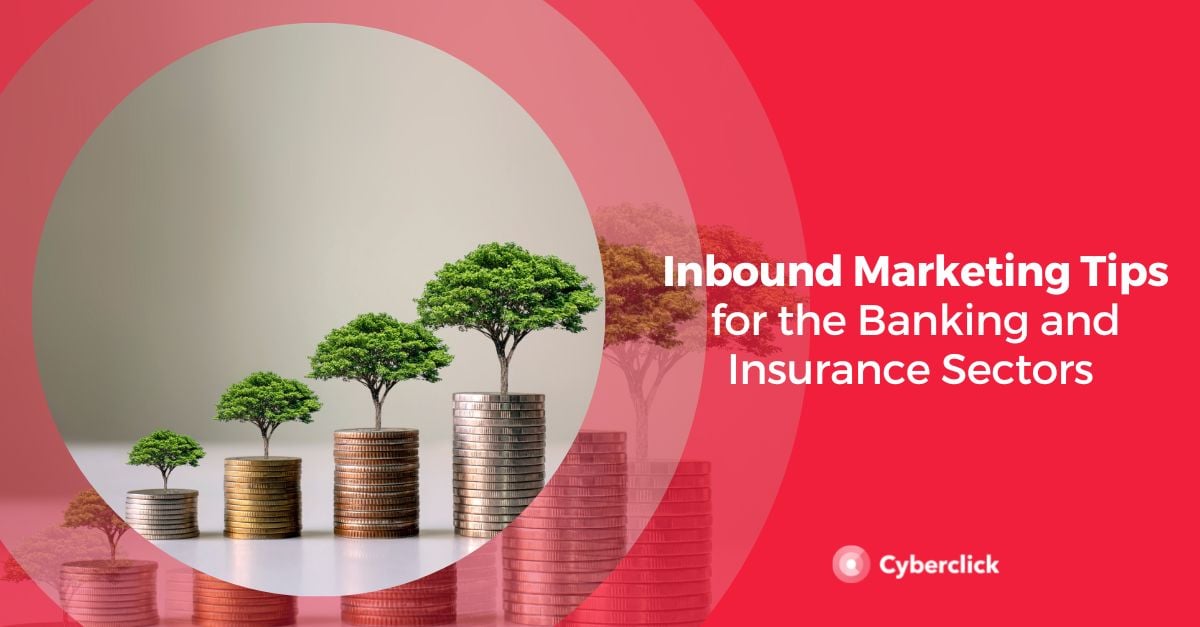In inbound marketing, generating leads is only the first part of the job. You need to accompany users throughout the entire conversion funnel so that they become loyal customers.
If there are gaps in any step of your sales funnel, you'll continuously lose customers: it's like trying to water a garden with a hose that has holes. Therefore, it’s essential to detect and solve any sales funnel challenges in time to optimize the process and convert as many leads as possible. Let's see how to do it in 3 steps.
Step 1: Map Your Sales Cycle
In order to identify where the leakage points are in your sales funnel, you first need to identify which steps a user goes through to become a customer, including the different acquisition channels, landing pages, email marketing, thank you pages, etc.
The particular steps in each sales process are unique, but to begin identifying them, it may be useful to refer to three broad general stages: acquisition, consideration, and decision.
In the acquisition phase, the potential customer becomes aware of the problem or solution he or she needs and begins to search for information about it. To identify the key moments of this phase, try to solve these questions:
- Why are they looking for a solution?
- What is the pain point or problem they need to solve?
- What kind of answers are they looking for right now?
- How ready are they to buy or to move to the next phase?
In the consideration phase, the prospective buyer is more clear about what he or she needs and is starting to investigate concrete solutions. Here are the most important points to consider in this phase:
- What are the customer's criteria for finding a solution?
- How long does it take you to respond when a user shows interest in your brand?
- What messages resonate best with your buyer persona based on their needs?
Finally, in the decision phase, the user is ready to buy and gives a clear idea of his or her interest, such as requesting a quote. These are the key questions to resolve at this point:
- Have the user's needs changed? It’s very likely that at this time they are looking for less general information about their problem and more comparative content and reviews.
- What are your biggest barriers to conversion? To answer these, you may want to consult with your sales and marketing teams.
- Which competitor brands do your prospects interact with before deciding?
Step 2: Research Your Conversion Funnel
In order to do a complete analysis of what's going on, you must conduct both quantitative and qualitative research into the brand's sales funnel.
Quantitative Research Techniques
1. Technical Analysis
If your site doesn't work well, visitors will leave frustrated and it will become a leakage point before you even capture leads. Here are the three main aspects of technical analysis:
- Testing different browsers and devices to ensure that your site runs as smoothly as possible. This should include older versions of browsers and operating systems, as not all users upgrade frequently.
- Mobile optimization. Today, most internet traffic comes from mobile devices, so it’s imperative to make sure your site offers a good experience for them.
- Time-to-page optimization. Websites that take too long to load are a very frequent source of frustration and abandonment. They also hurt SEO positioning.
2. Traffic Analysis
Tools such as Google Analytics provide us with a great amount of information about the traffic to our website, which can be very useful in identifying possible leakage points. Keep these recommendations in mind when analyzing the data.
- Pose a question or problem and try to answer it with the data in front of you.
- To speed up the analysis, start with the most extreme cases: pages with a high volume of visits and a low conversion rate, or pages with few visits but a high conversion rate. What are the differences between the two cases?
- Fix broken links. This technique is one of the easiest and fastest ways to solve funnel leaks.
- If you have an internal search engine on your site, spend time identifying what the most common questions are and what kind of responses they get.
- Segment the traffic data with different criteria and compare the results against each other.
3. Forms Analysis
If you have forms on your site, whether they are lead generation, purchase, or something else, you should consider them as one of the most important conversion points. If there are any flaws in their concept or design, they can quickly become leakage points for potential customers.
With the help of a specialized form analysis tool, identify which form fields generate the most error messages and which users are reluctant to fill out.
4. Heat Maps
Heat maps are visual representations of data, where a specific color is associated with a value. Usually, warm colors are used for high values and cool colors for low values.
When it comes to identifying potential leakage points in the sales funnel, there are two types of heat maps you should use: click maps and scroll maps.
Qualitative Research Techniques
1. On-Site Surveys
On-site surveys are displayed as the user navigates through a page of the site, inviting the user to answer a question about their experience.
To obtain qualitative information with this type of survey, open-ended questions should be asked, or the user should be asked for an explanation for the default answer they have selected.
Some questions that can help you identify leakage points are:
- What was the purpose of your visit to the site?
- Did you find what you were looking for?
- If not, why not?
- Did you experience any problems on the site?
2. In-Depth Surveys
Normally on-site surveys are limited to one or two short questions, as the goal is not to hinder navigation. Another option is to do an in-depth customer survey in exchange for an incentive, for example, participation in sweepstakes.
3. Customer Interviews
Your own customers are a gold mine of information about your sales funnel. To make the most of this technique, take note of these recommendations:
- Normally, the most interesting people to interview are recent customers, loyal customers, and those who have stopped buying.
- Ask short, open-ended, unbiased questions.
- Record and transcribe the interviews to be able to analyze them in detail later.
4. User Testing
User testing is the process of watching real users perform different actions on your site, such as finding a product or making a purchase, usually while commenting about what they are doing. This way, you can get an "outside" view and identify potential weaknesses on your site.
Step 3: Take Action
After all this analysis and research, you have probably identified if there are any leaks within your sales funnel. The recommended actions to fix these depend on whether it’s towards the beginning or end of the conversion funnel.
For leakage points in the early stages of the funnel, try these ideas:
- Take a look at your buyer persona and make sure you are understanding their pain points and motivations.
- Review your landing pages, particularly forms and calls to action.
- Rethink your marketing and lead generation actions based on the characteristics of your buyer persona. You may need to look for opportunities on other channels or use more restrictive segmentation for users.
- Implement a lead scoring algorithm to correctly identify and prioritize leads.
- Design an automated lead nurturing flow to follow leads through the sales funnel.
On the other hand, if there are leakage points in the later stages of the funnel, consider these measures:
- Implement a communication process between marketing and sales to ensure that the sales team receives leads that are ready to be converted.
- Review the sales channels you are using in your sales strategy and consider whether they are the best fit for your buyer persona. For example, they may prefer to chat rather than answer the phone.
- Keep track of closed and lost sales opportunities, and try to find out the common characteristics of each of these groups.
Finally, whatever the concrete actions are, remember that inbound marketing is a process of constant optimization. Try different approaches, measure the results, and use what you have learned to make your sales funnel more and more efficient.
Responsable de la estrategia de contenidos y visibilidad en Cyberclick, con enfoque Allbound y especialización en posicionamiento SEO, GEO y automatización con IA. Gestión avanzada del CRM con HubSpot: base de datos, workflows, lead nurturing, scoring y reporting. Experiencia en marketing digital, comunicación corporativa y periodismo, uniendo estrategia, creatividad y tecnología para captar y convertir leads cualificados.
Responsible for content and brand visibility strategy at Cyberclick, with an Allbound approach and specialization in SEO, GEO (Generative Engine Optimization), and AI-powered automation. Advanced HubSpot CRM management: database segmentation, workflows, lead nurturing, scoring, and reporting. Background in digital marketing, corporate communications, and journalism—combining strategy, creativity, and technology to attract and convert qualified leads.






Leave your comment and join the conversation